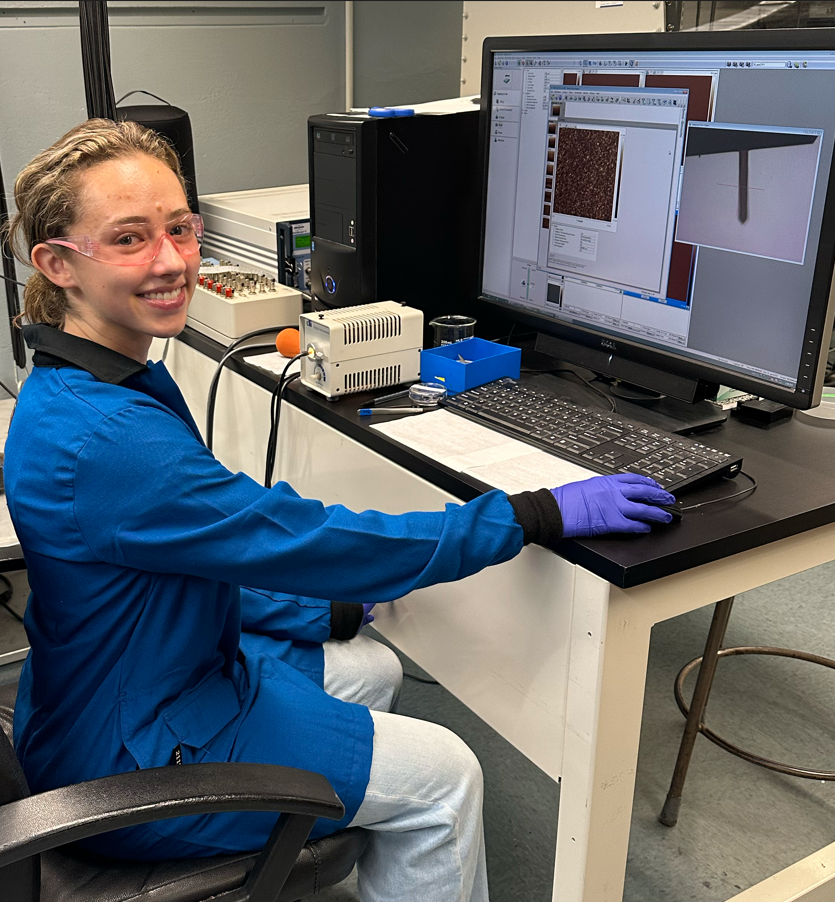
Organic solar cells (OSCs) offer unique advantages over traditional inorganic photovoltaic technologies, including the use of non-toxic and earth-abundant materials, lightweight and flexible properties, and low-cost fabrication processes. Unlike conventional silicon- or gallium arsenide-based inorganic solar cells, OSCs can be fabricated from carbon-based materials such as conjugated polymers and small molecules, which consume significantly less energy during fabrication. In recent years, OSCs have achieved solar-to-electrical power conversion efficiencies (PCEs) comparable to those of their inorganic counterparts, reaching over 19%. However, the shorter lifespan of OSCs, caused by device instability, remains a major barrier to commercialization.
A key factor contributing to device instability in OSCs is the thermally induced diffusion of non-fullerene acceptors (NFAs) within the bulk heterojunction (BHJ), which alters the photoactive layer morphology over time. To address this challenge, we incorporated a diazirine-based crosslinker, PDzA-PnBA, into the PM6:Y6 active layer to enhance device stability. Atomic force microscopy (AFM) was used to monitor BHJ morphology, while current–voltage measurements evaluated device performance. All OSCs were fabricated and tested in a nitrogen-filled glovebox to minimize degradation from oxygen. Our results show that, in the absence of crosslinking, the PM6:Y6 active layer retains its surface morphology but suffers significant losses in PCE over time. These findings highlight the potential of PM6:Y6 as a photoactive blend while demonstrating the stabilizing role of crosslinking, contributing valuable insights toward the commercialization of OSCs. Future work employing X-ray scattering will further probe internal BHJ morphology to assess how crosslinking suppresses molecular diffusion.